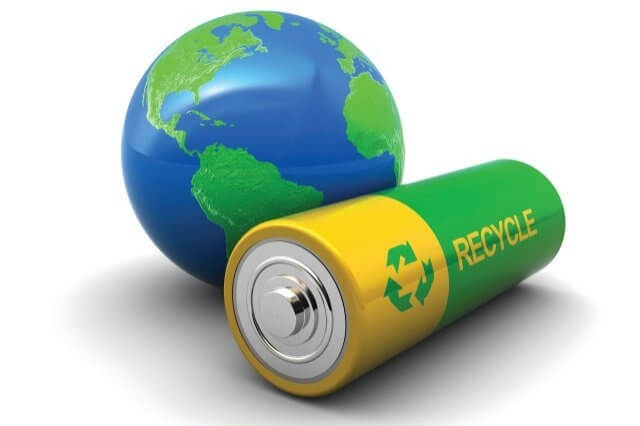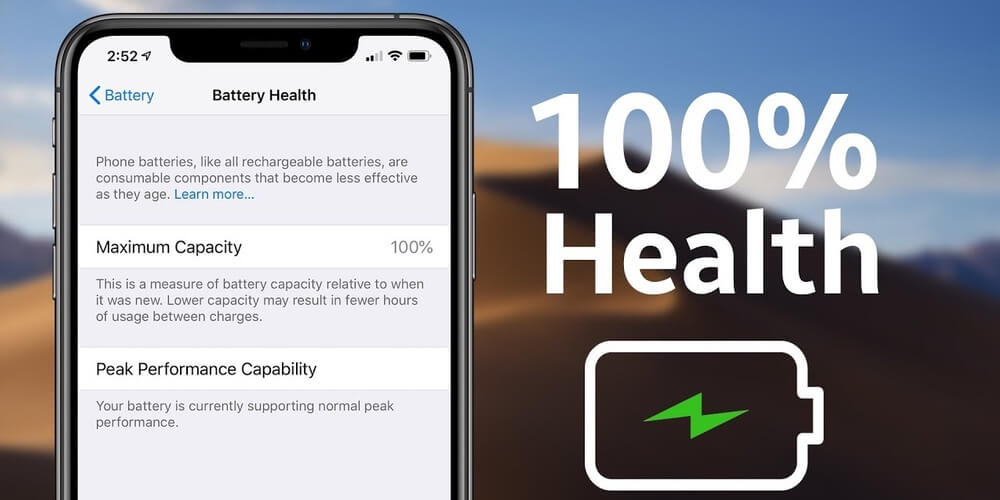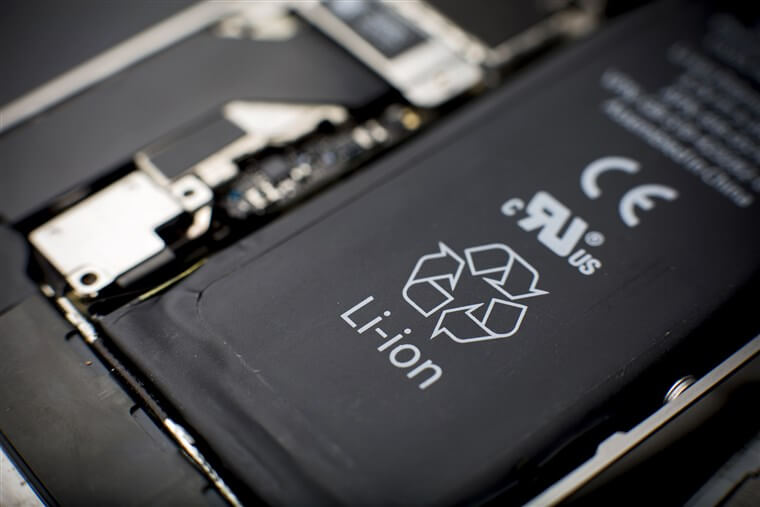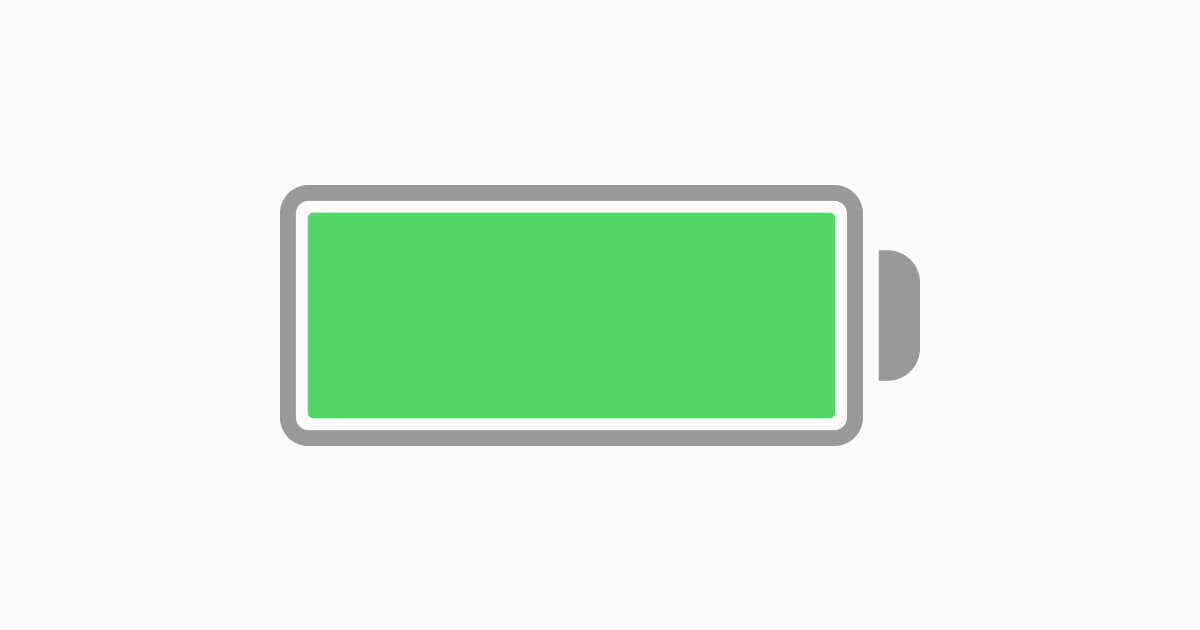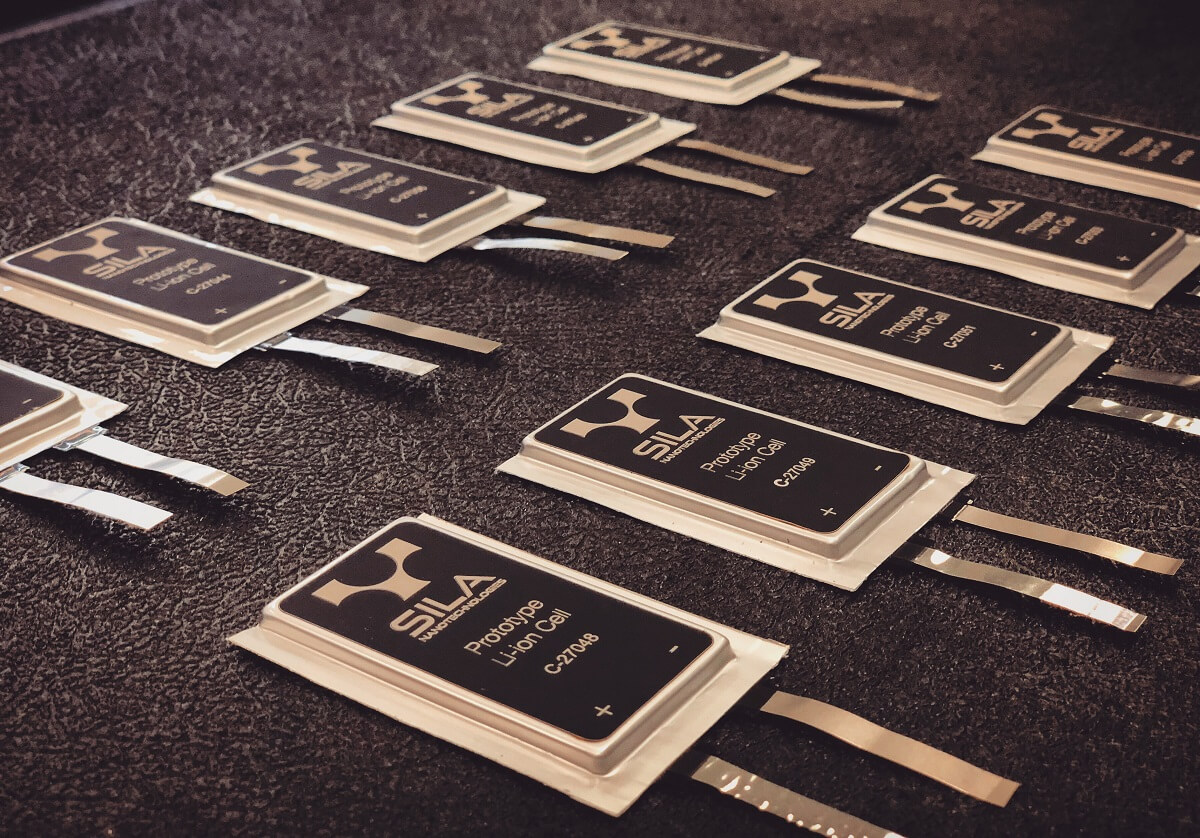How to Recycle Lithium-ion Batteries
Due to their price, features, and performance, rechargeable batteries can be found in nearly every electronic device. The first lithium-ion battery came out in the early '80s, but it was not until the 90's when those li-ion batteries became a standard for household and professional electronics. As we previously mentioned, most of our electric vehicles, computers, smartphones, and tablets use lithium-ion batteries. Because of metals, plastics and chemicals, those batteries represent an exponential risk to the environment and human health.

